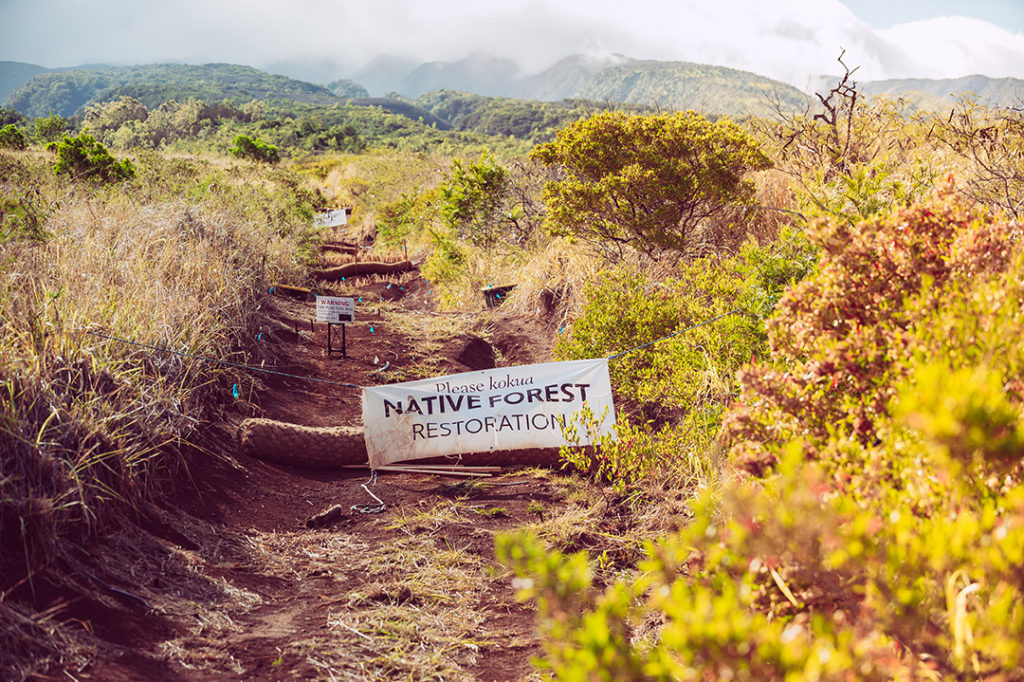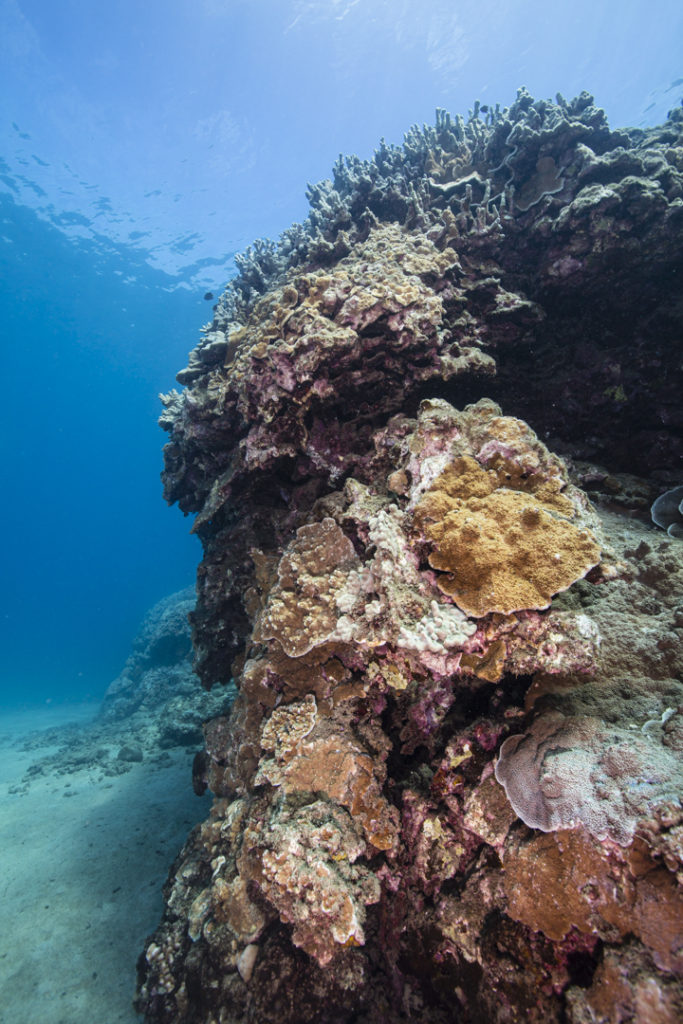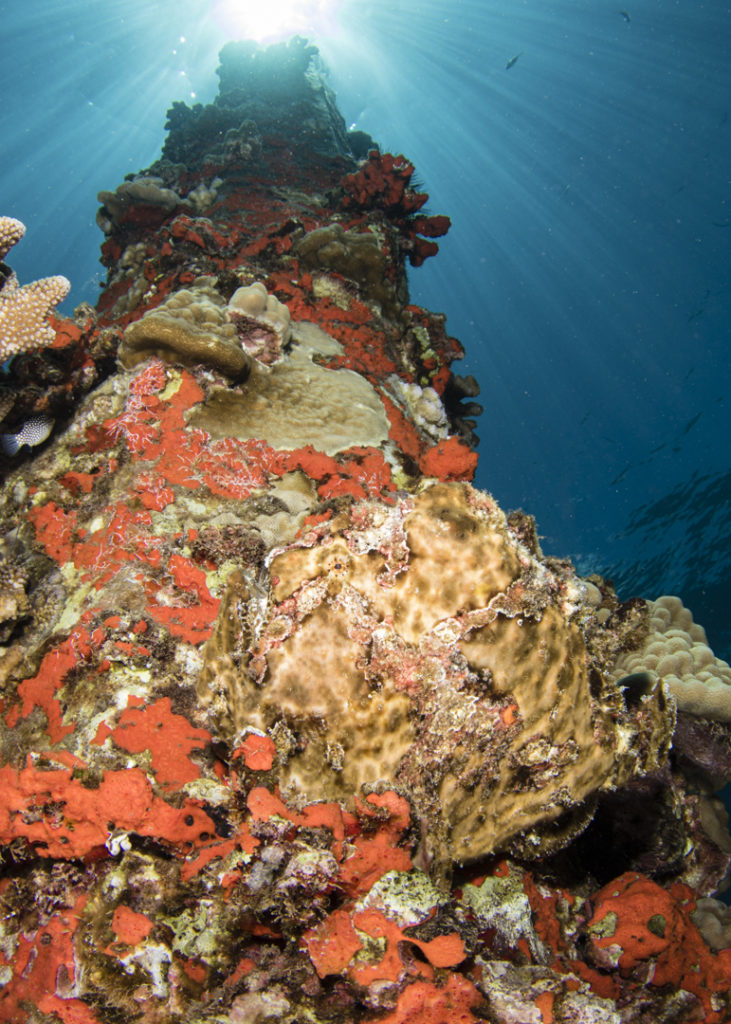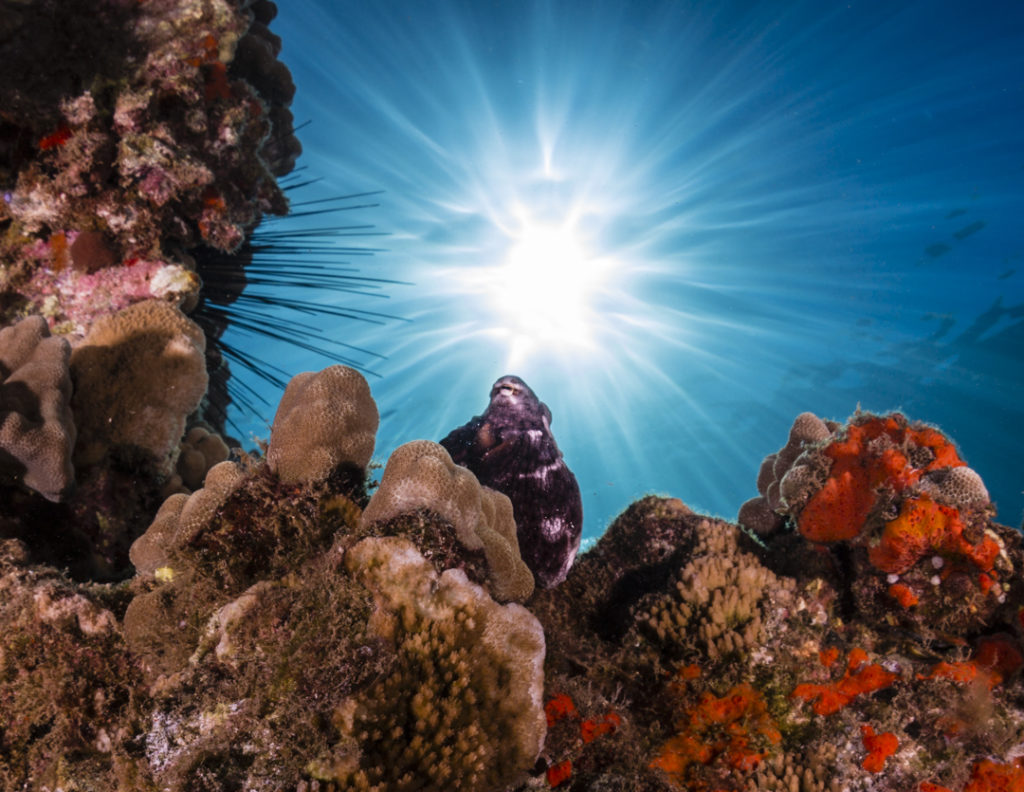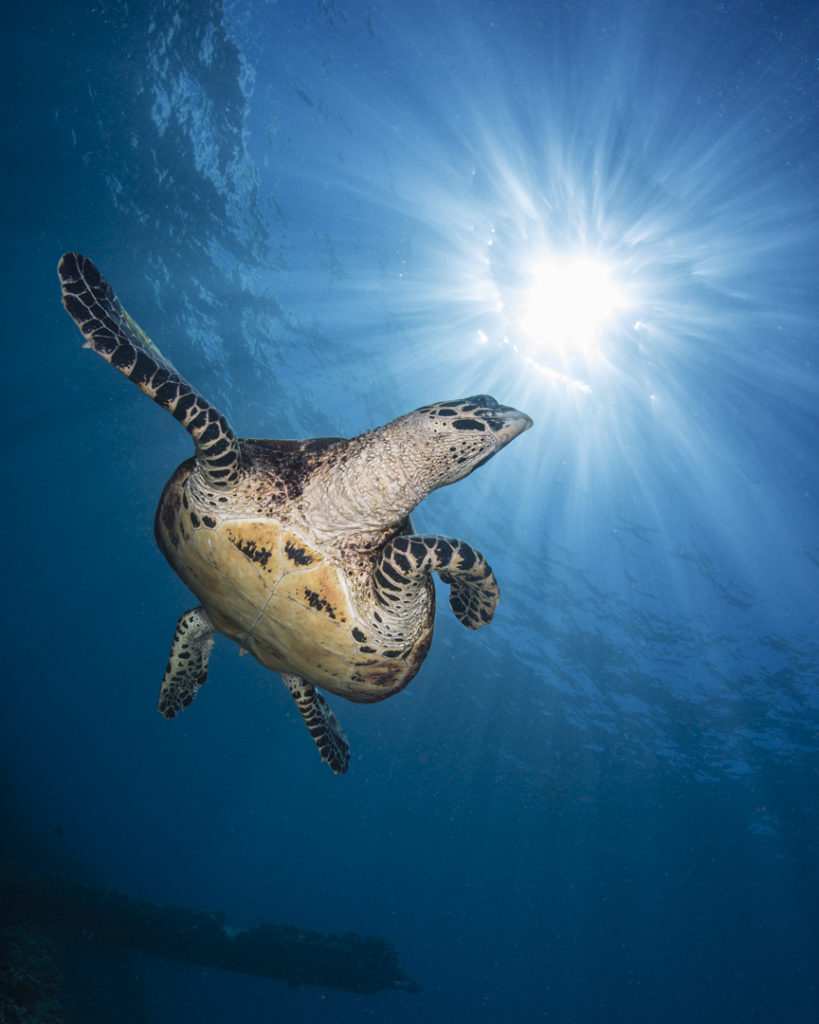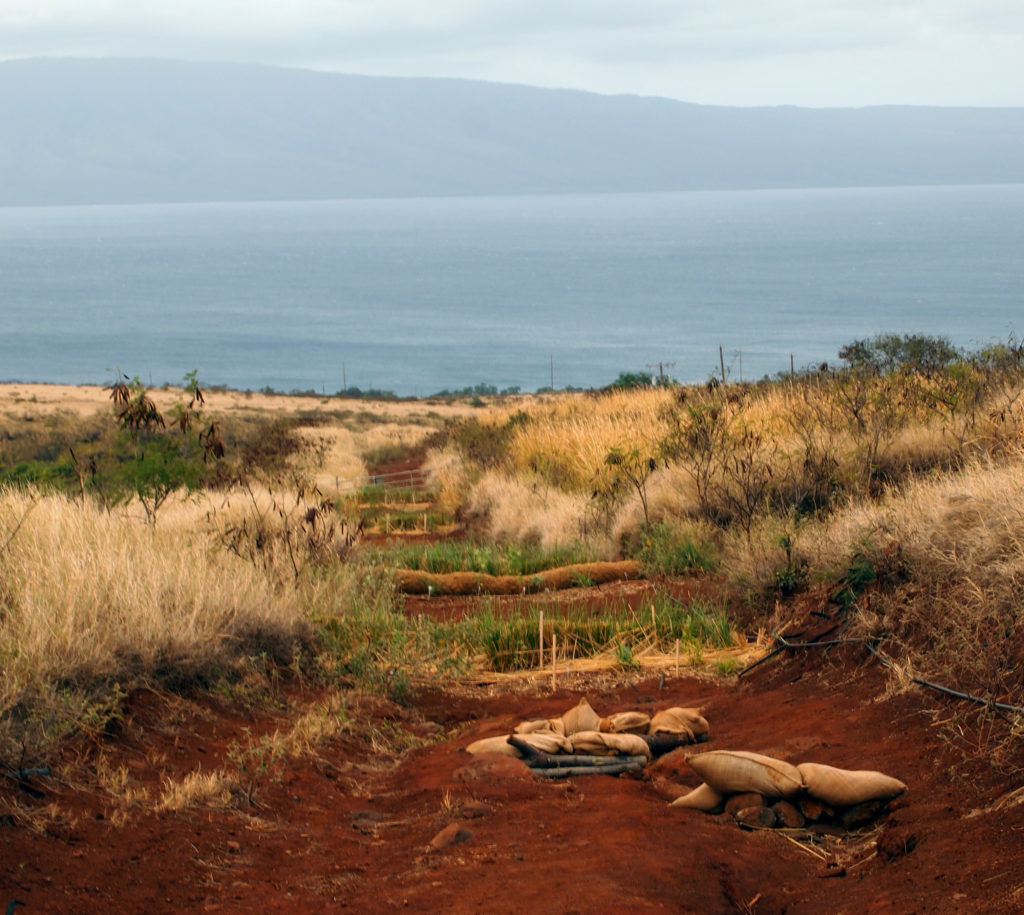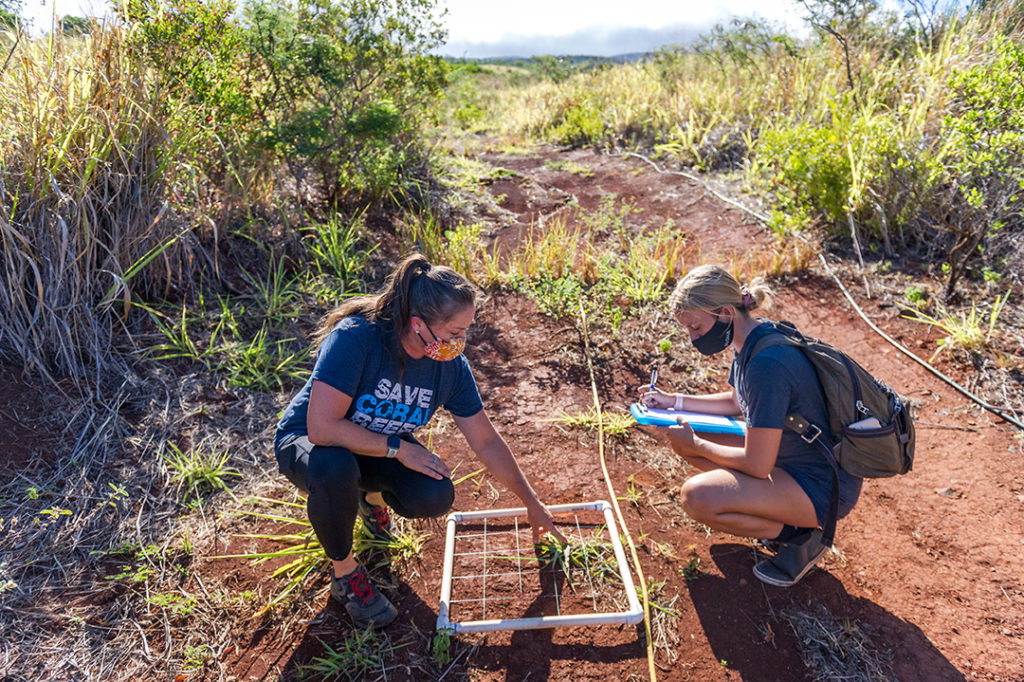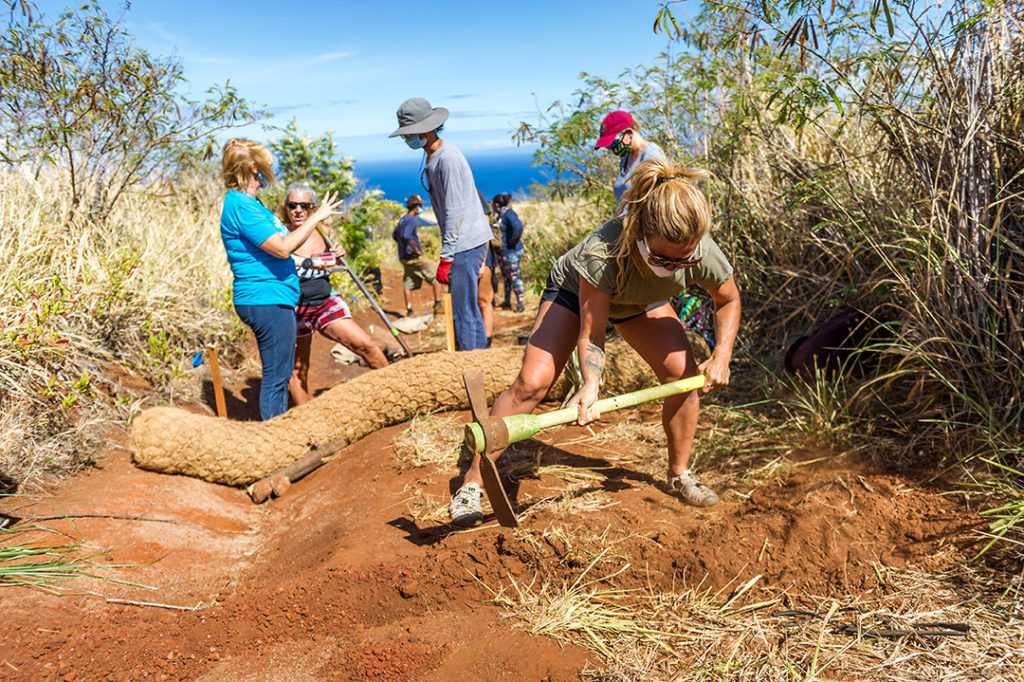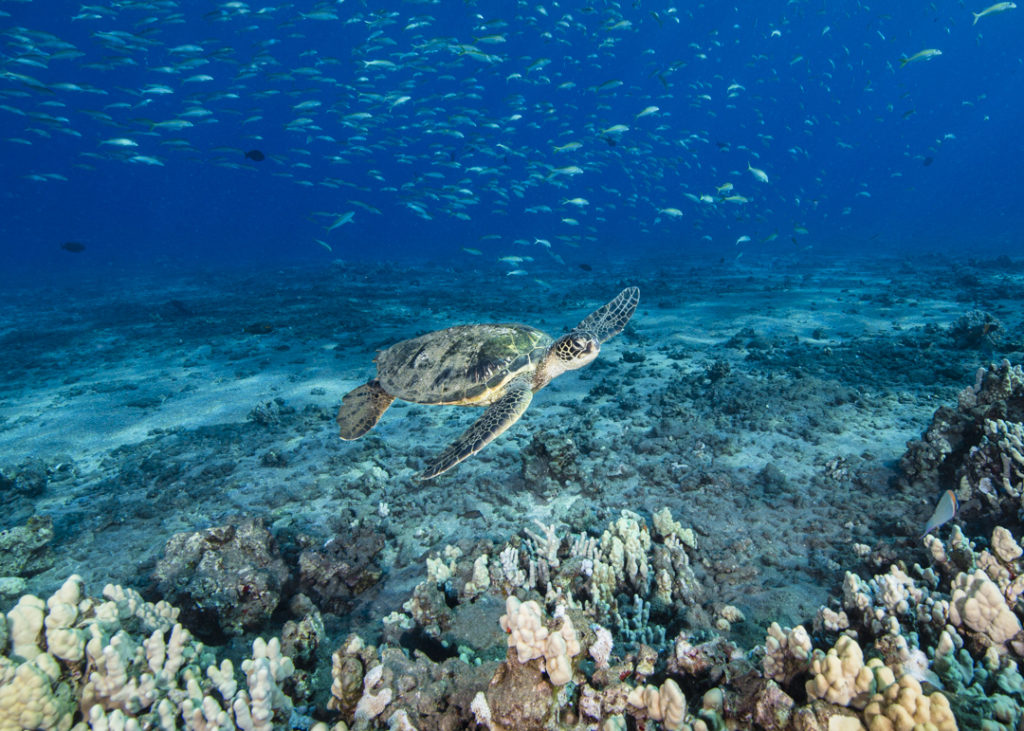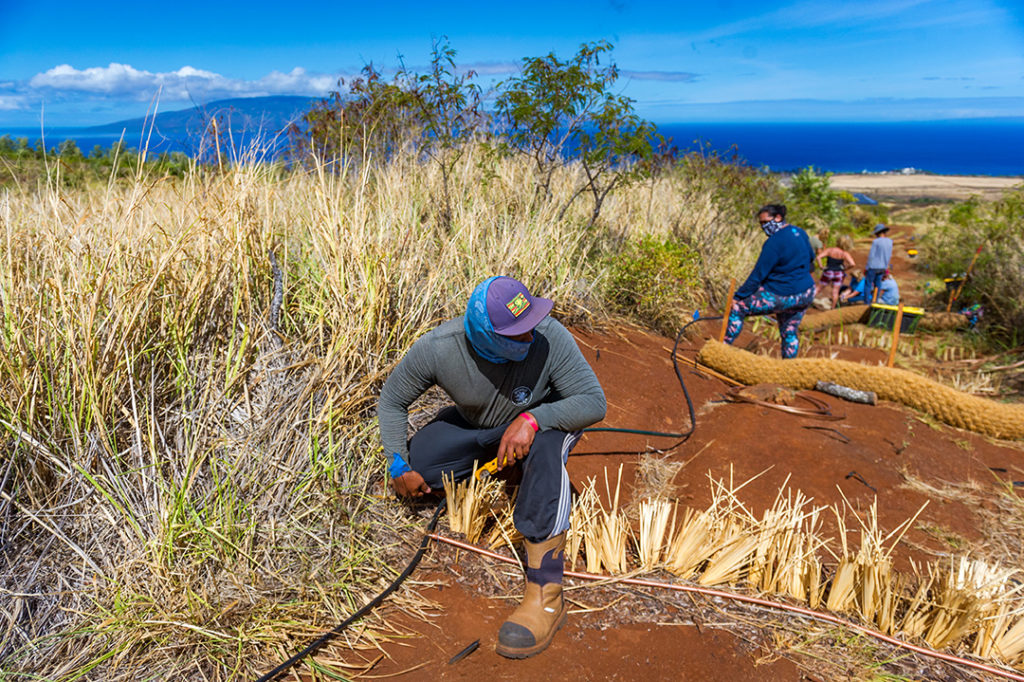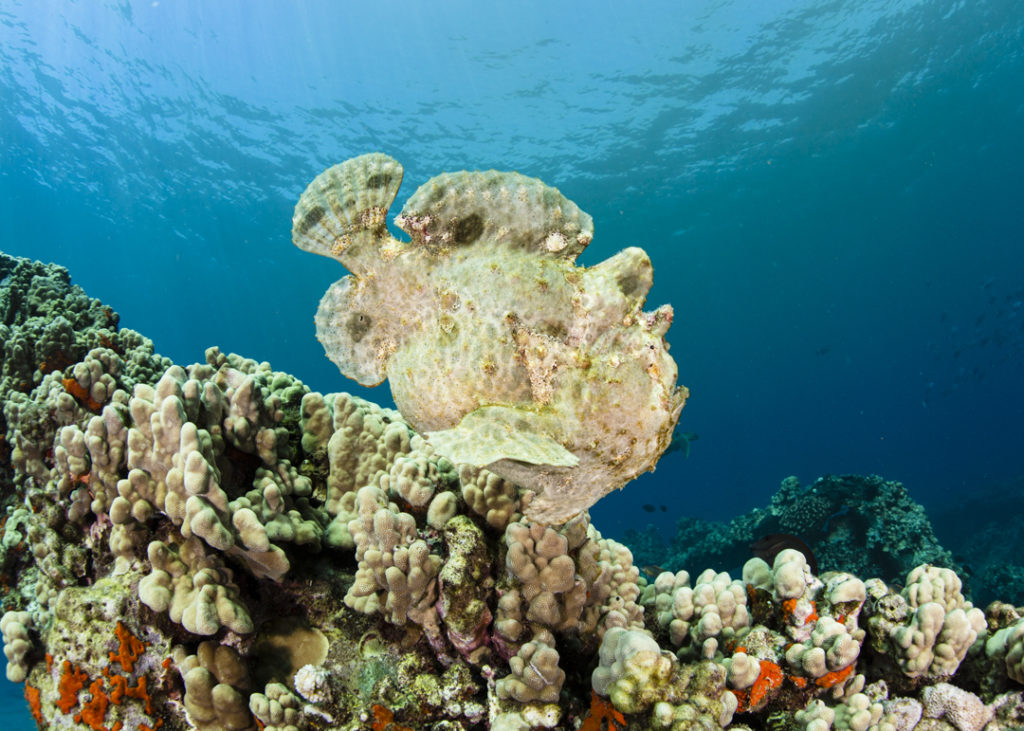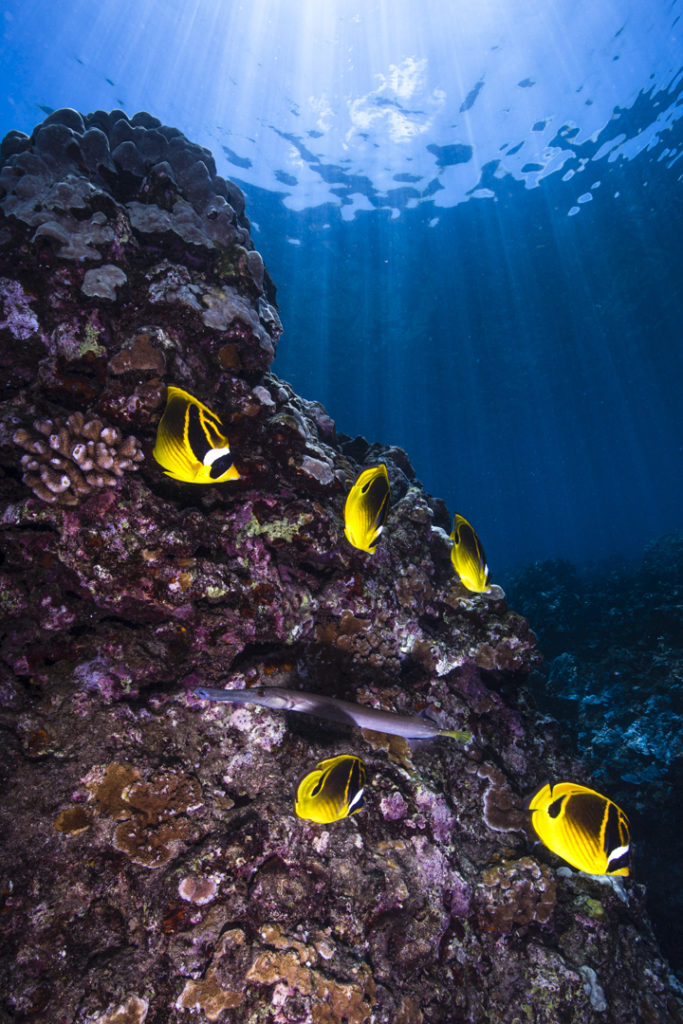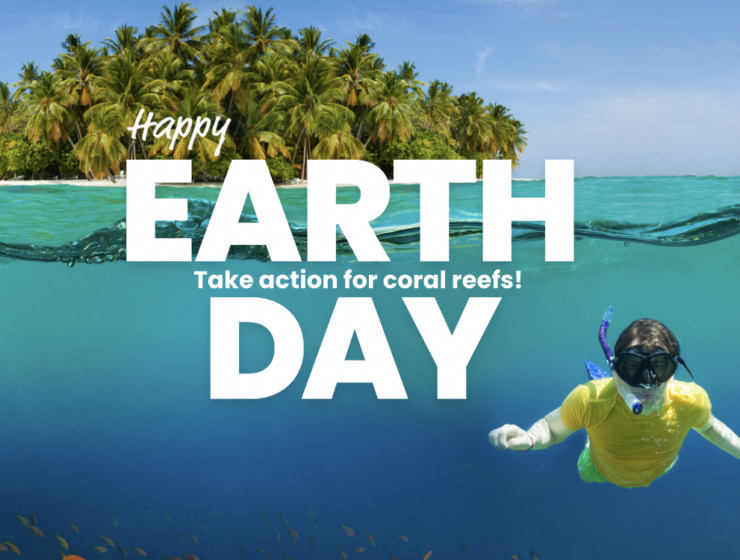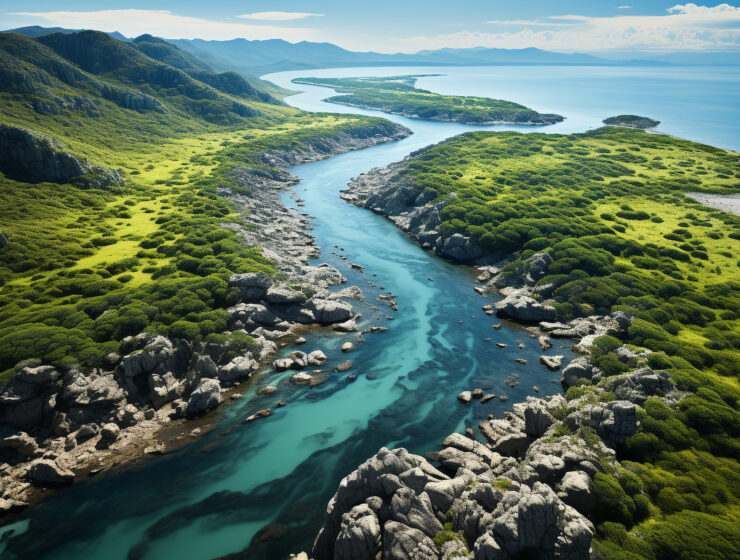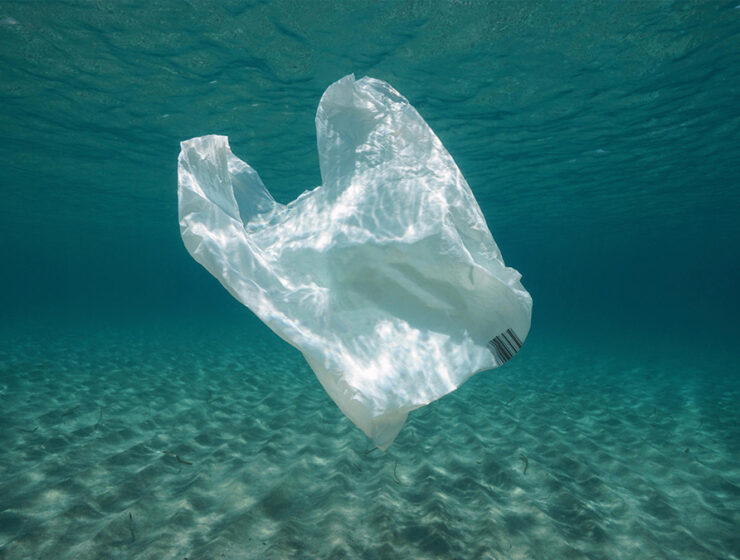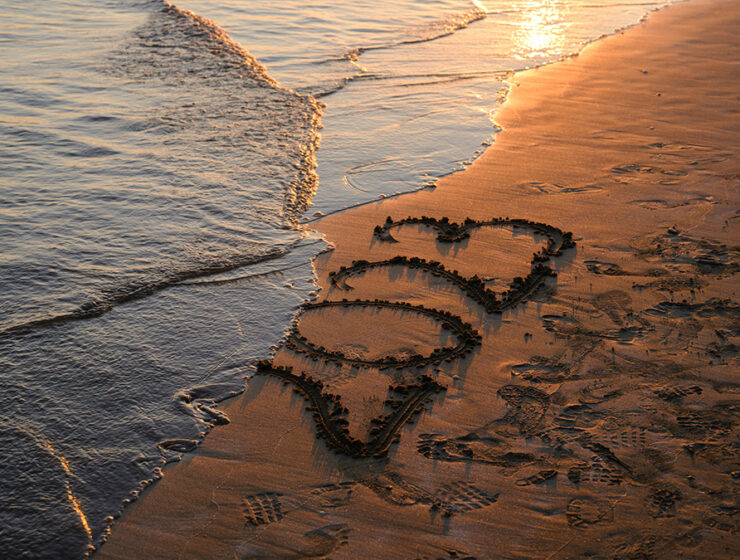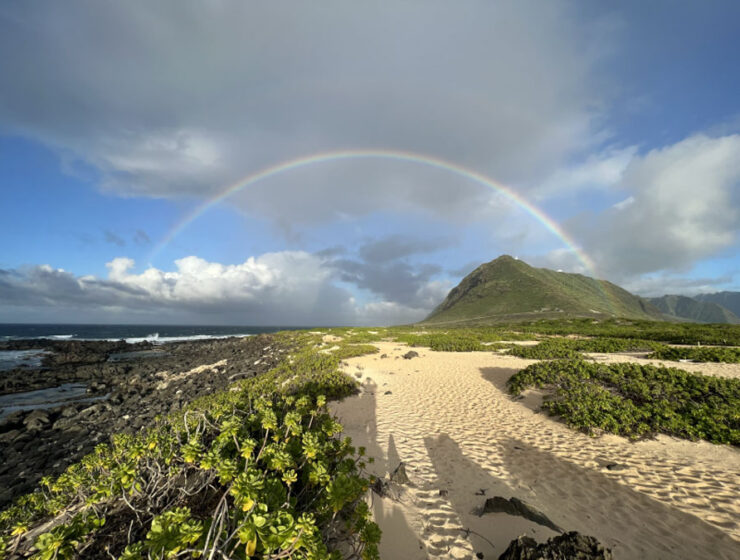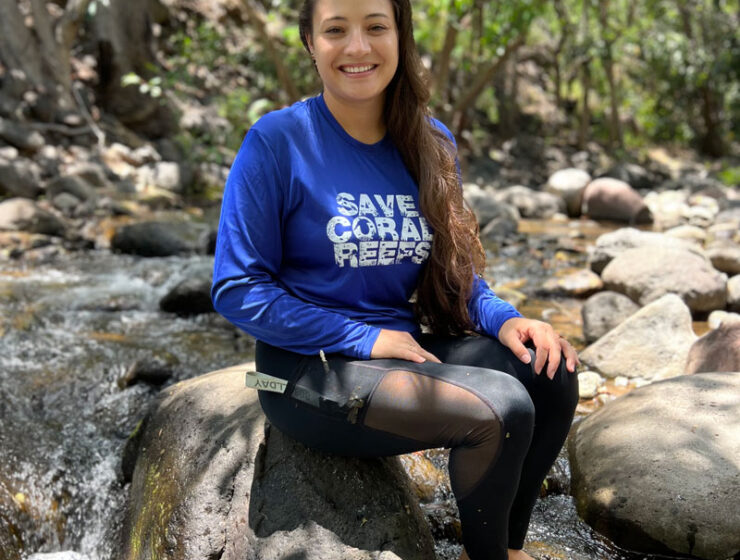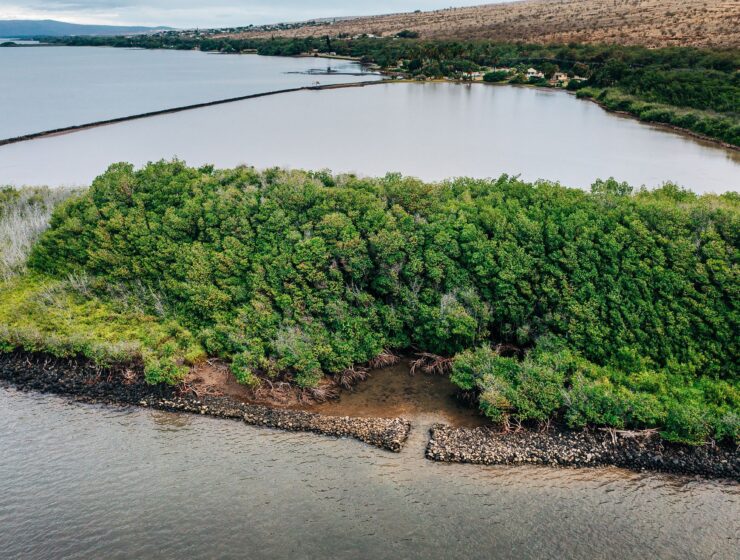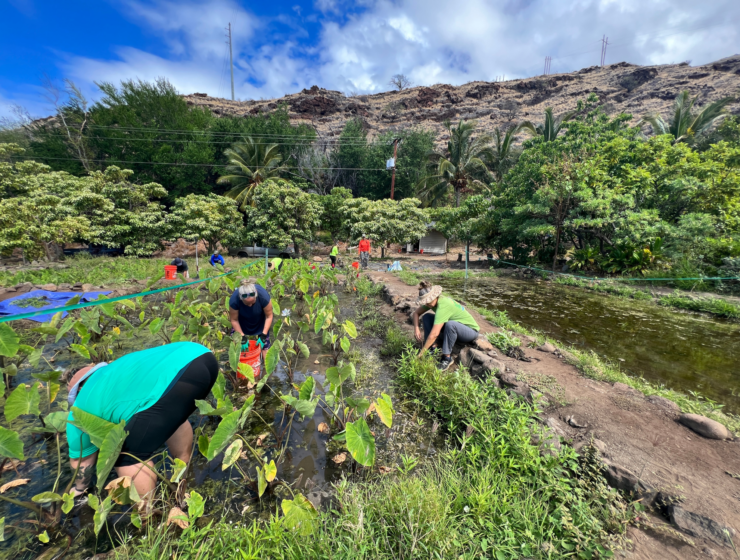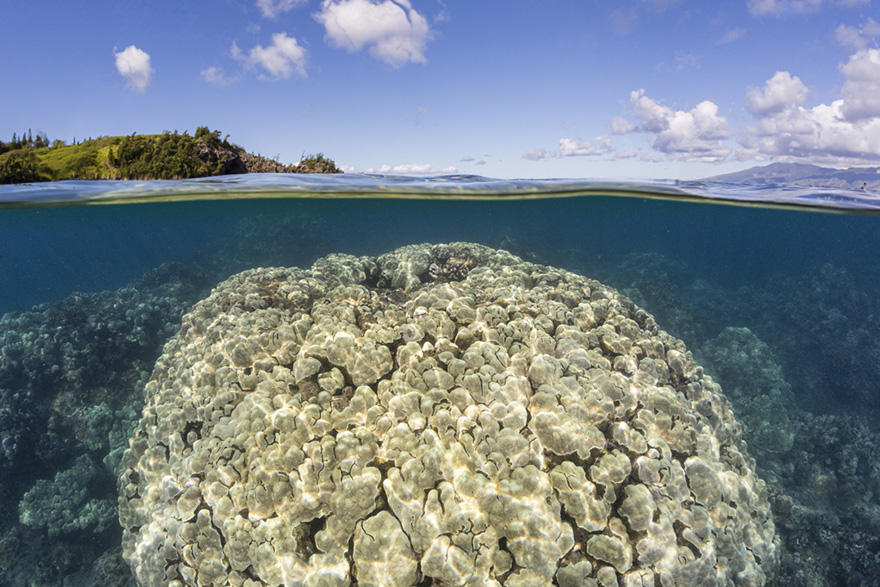
From mountain to sea
Maui Nui includes the Hawaiian islands of Maui, Molokai, and Lanai and the reefs in this region are an important resource because of the high coral cover and connectivity via currents. We are restoring ecosystems to improve the health of these reefs.
In West Maui, our work focuses on restoring natural filtration processes within watersheds to prevent land-based water pollution from degrading reefs. High levels of sediment runoff can reduce corals’ access to sunlight by smothering them, negatively impacting reef health. High nutrients cause algal blooms which can overtake coral and promote coral disease. We take a “ridge to reef” approach to restore the natural function of an ahupua‘a (watershed) to filter stormwater and absorb nutrients, sediments and other chemicals.
At the shoreline
In coastal areas, we provide guidance to shoreline property owners, the tourism industry and Maui County on how to implement reef-friendly landscaping design which naturally filters stormwater before it reaches the ocean.
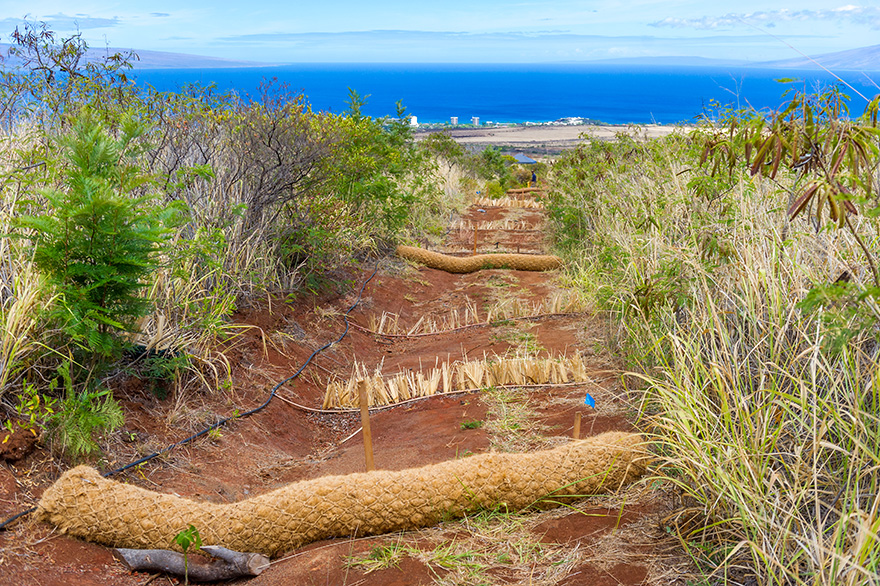
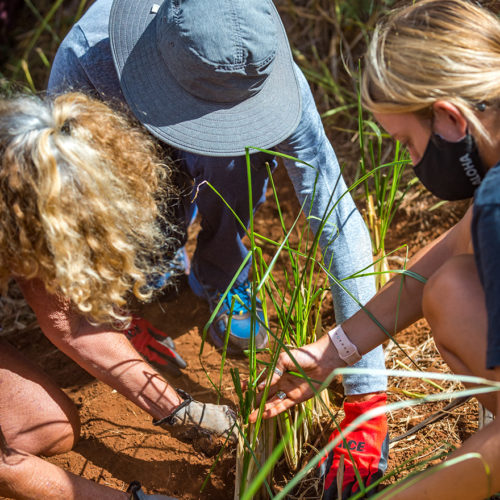
Mauka Lands
On the mauka (mountain), our work focuses on stream restoration to reduce the amount of sediment and nutrients flowing into the ocean. We are working with farmers, Hawaiian communities, local nonprofits, private businesses, and the government to pilot stream restoration techniques that combine modern technology with native vegetation and traditional agricultural practices. To increase filtration processes in and around stream beds, we are re-establishing native vegetation and taking lessons from Hawaiʻi’s long history of traditional agricultural practices. We are also planting deep-rooted vetiver grasses, which trap and stabilize sediments and enable native vegetation to thrive.
Recent News
Photo Gallery
